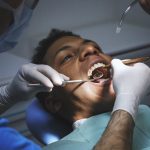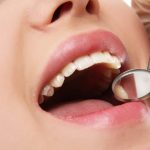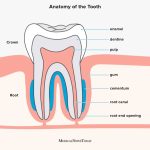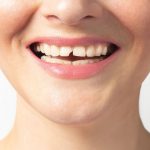At What Age Do Teeth Start Falling Out? The Critical Milestones of Children’s Dental Health
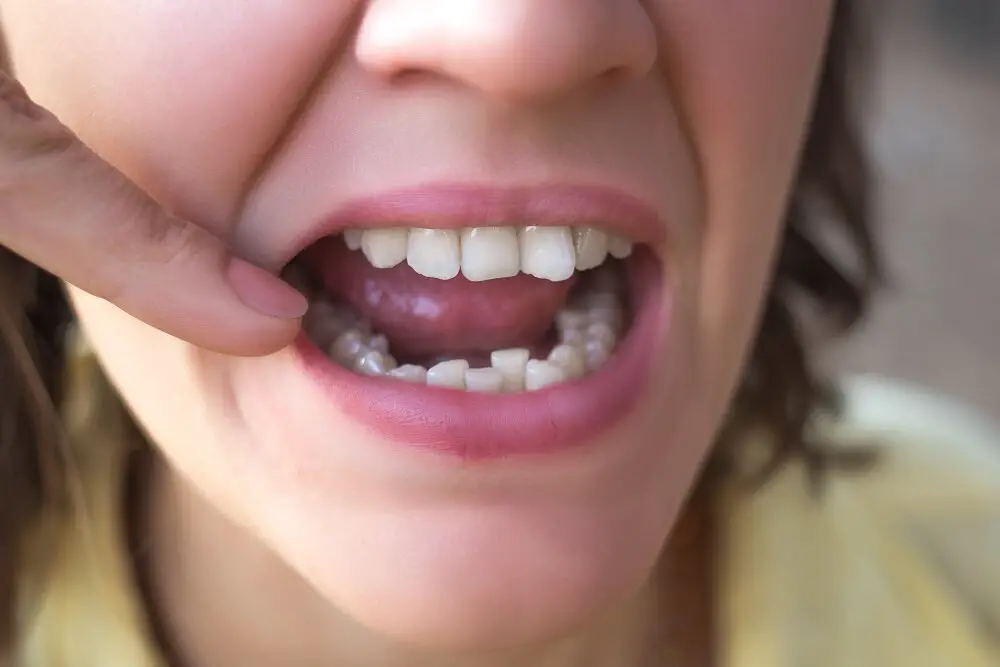
Dental health is a crucial aspect of overall health and well-being for people of all ages. For children, it is especially important to maintain good dental hygiene and care, as their teeth and gums are still developing and growing. One of the most significant milestones in children’s dental health is the loss of baby teeth, which marks the transition to permanent teeth. Parents and caregivers often wonder when teeth start falling out and what to expect during this process. In this article, we will explore the critical milestones of children’s dental health and answer the question, \At what age do teeth start falling out?\The process of losing baby teeth and growing permanent teeth is a natural part of childhood development. It typically begins around age six and continues until all 32 permanent teeth have grown in, usually by age 21. As baby teeth fall out, permanent teeth take their place, and the jawbone grows and changes shape to accommodate them. While losing teeth can be an exciting and sometimes scary experience for children, it is essential to understand the process and provide proper dental care to ensure healthy teeth and gums throughout childhood and beyond.
Dental health is crucial for children as it not only promotes healthy teeth and gums but also ensures their overall well-being. Poor oral hygiene can lead to several dental problems such as cavities, gum disease, and tooth loss. These dental issues can cause pain, discomfort, and difficulty in eating, speaking, and sleeping. Moreover, untreated dental problems can also lead to infections that can spread to other parts of the body and affect a child’s overall health. Therefore, it is essential to prioritize dental health in children by encouraging good oral hygiene practices, regular dental check-ups, and a healthy diet to prevent dental problems and maintain healthy teeth and gums.
The article titled \At What Age Do Teeth Start Falling Out: The Critical Milestones of Children’s Dental Health\ discusses the importance of dental care in children and the critical milestones that parents should be aware of. The article highlights the fact that proper dental care is essential to ensure healthy teeth and gums in children, and it also outlines the various stages of dental development in children. The article emphasizes that parents must take an active role in their children’s dental health, and they should teach their children good oral hygiene habits from a young age. Additionally, the article provides information on when children’s teeth typically start falling out, and it offers tips on how parents can help their children through this natural process. Overall, the article serves as a useful guide for parents who want to ensure their children’s dental health.
Primary Teeth Eruption
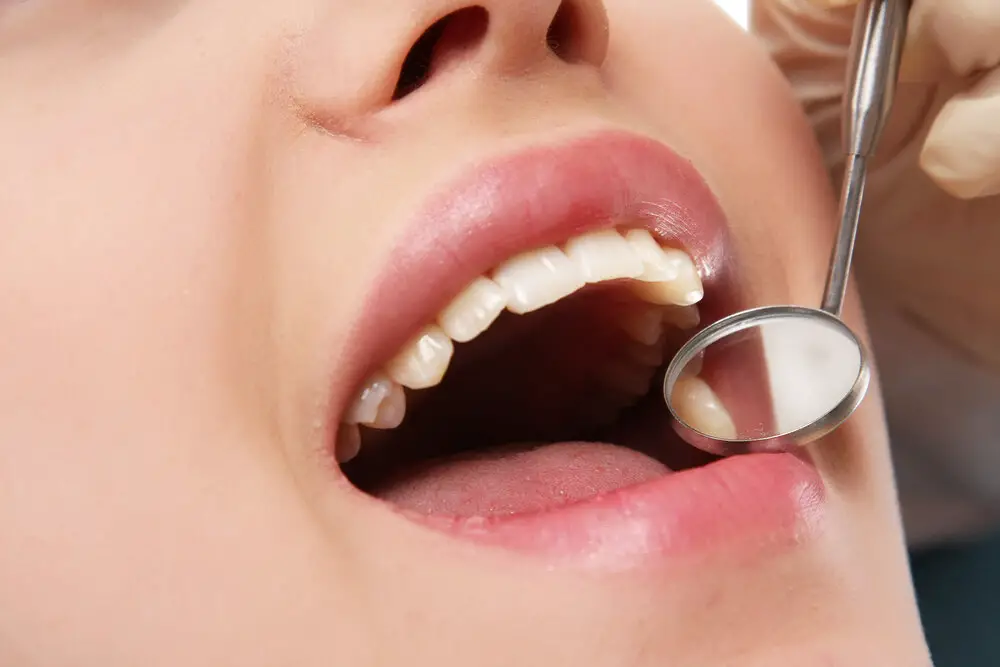
Primary teeth, also known as baby teeth, are the first set of teeth that erupt in the mouth of a child. The process of primary teeth eruption usually begins around six months of age and continues until the child is around two to three years old. The first teeth to emerge are usually the bottom front teeth, followed by the top front teeth. As the child grows, the remaining teeth start to appear at different times and in different locations in the mouth. By the age of three, the child should have a complete set of primary teeth consisting of twenty in total. The process of primary teeth eruption is a crucial milestone of a child’s dental health. It not only allows the child to develop the ability to chew food but also facilitates speech development. Primary teeth also play a vital role in the development of permanent teeth. They act as placeholders for the permanent teeth and help guide them into their proper position. Therefore, it is essential to take care of primary teeth by practicing good oral hygiene habits such as brushing twice a day and visiting a dentist regularly. By doing so, parents can ensure that their child’s primary teeth remain healthy and strong, setting the foundation for their future dental health.
Primary teeth eruption, also known as baby teeth eruption, is the process by which a child’s first set of teeth emerge from their gums. This typically begins around the age of six months and continues until the child is about three years old. During this time, the baby teeth push through the gums and become visible in the mouth. The eruption of primary teeth is important for a child’s overall development, as it allows them to chew food properly, learn to speak, and develop proper jaw and facial structure. It’s important for parents to monitor their child’s primary teeth eruption and ensure they are practicing good oral hygiene habits, such as brushing and flossing, to maintain healthy teeth and gums throughout childhood.
The eruption of primary teeth is a crucial milestone in a child’s dental health development. Generally, the first primary tooth usually appears between six to ten months of age. The lower central incisors are the first to erupt, followed by the upper central incisors, lateral incisors, first molars, canines, and second molars. By the age of three, most children have a full set of primary teeth. However, it’s important to note that every child is different, and the timetable for primary teeth eruption may vary. Some children may experience early or delayed tooth eruption, which can be attributed to genetic or environmental factors. Parents should monitor their child’s dental development and seek the advice of a pediatric dentist if they have any concerns.
Primary teeth eruption is a natural process in which the primary teeth start to appear in the child’s mouth. This process usually starts at around 6 months of age and continues until the child is around 3 years old. Some common signs and symptoms of primary teeth eruption include drooling, crankiness, swollen gums, and a slight increase in body temperature. The child may also experience discomfort while eating, sleeping, or playing. The appearance of these symptoms varies from child to child, and some children may not experience any symptoms at all. As a parent, it is essential to keep an eye on your child’s dental health and take them to a pediatric dentist regularly, especially during this crucial stage of primary teeth eruption.
Primary Teeth Loss
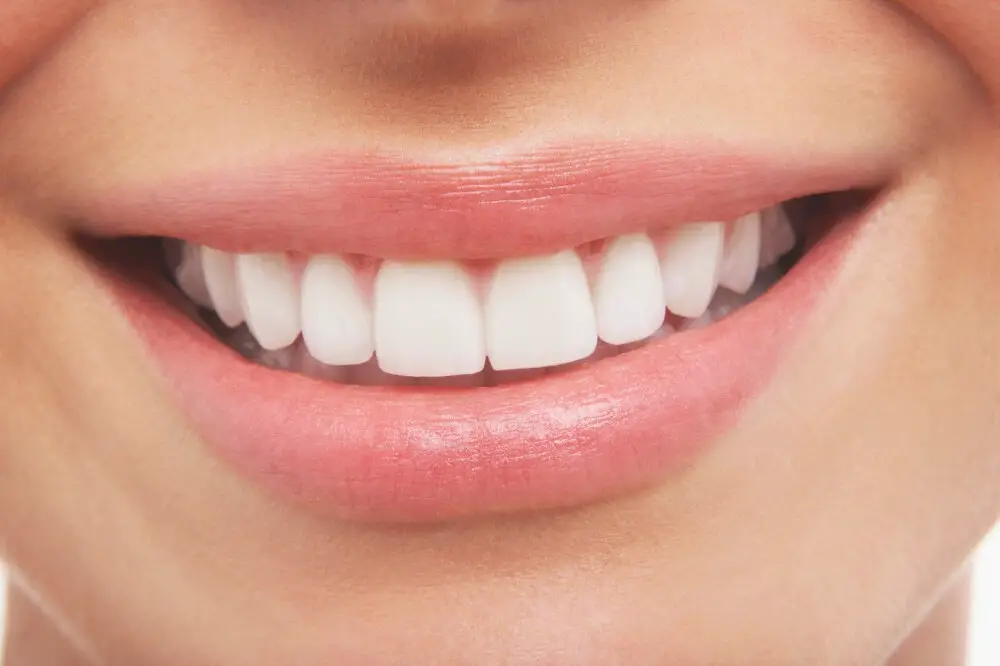
Primary teeth loss, also known as baby teeth loss, is a natural and inevitable process that occurs in children as they grow up. The process of primary teeth loss usually begins around the age of six or seven when the permanent teeth start to emerge. The front teeth are usually the first to fall out, followed by the molars and canines. The entire process of primary teeth loss can take several years to complete, with most children losing their last baby tooth between the ages of 10 and 12. While primary teeth loss is a natural process, it is still important for parents to monitor their child’s dental health during this time. Children who lose their primary teeth too early or too late may experience orthodontic problems in the future. Additionally, children who lose their primary teeth due to decay or injury may be at risk of developing dental infections or other oral health issues. Parents should encourage their children to maintain good oral hygiene habits, including brushing and flossing regularly, to help prevent dental problems during primary teeth loss.
Primary teeth loss, also known as deciduous teeth loss, refers to the natural process of shedding baby teeth, which occurs as a child’s permanent teeth begin to grow and develop. This transition typically starts around the age of six or seven, and continues until all of the twenty primary teeth have been replaced by permanent teeth. Primary teeth loss is an important milestone in a child’s dental health, as it allows for proper alignment and spacing of adult teeth, which is crucial for proper chewing, speaking, and overall oral health. While primary teeth loss is a natural and necessary process, it is important for parents and caregivers to monitor their child’s dental health during this time, and ensure that their child is practicing good oral hygiene habits to maintain healthy teeth and gums.
The timetable for primary teeth loss is an essential aspect of children’s dental health that parents should be aware of. Typically, children will start losing their baby teeth around the age of six, with the front teeth being the first to go. By the age of twelve, most children will have lost all their primary teeth, making way for their permanent teeth to come through. However, this timeline can vary from child to child, and factors such as genetics, nutrition, and oral hygiene can impact the rate of tooth loss. Therefore, it’s crucial for parents to monitor their child’s dental health and seek professional advice if they have any concerns.
Primary teeth, also known as baby teeth, play a crucial role in the development of a child’s dental health. It is essential to keep an eye out for the common signs and symptoms of primary teeth loss. The first sign is often the appearance of loose teeth, which can be noticed when a child eats or brushes their teeth. Another symptom is bleeding gums, which can occur when the tooth is ready to fall out. Additionally, children may experience increased sensitivity or pain in the affected area. As the tooth loosens, it may also cause discomfort while eating or speaking. It is vital to monitor any changes in primary teeth as they can affect the development of permanent teeth and overall dental health.
Permanent Teeth Eruption
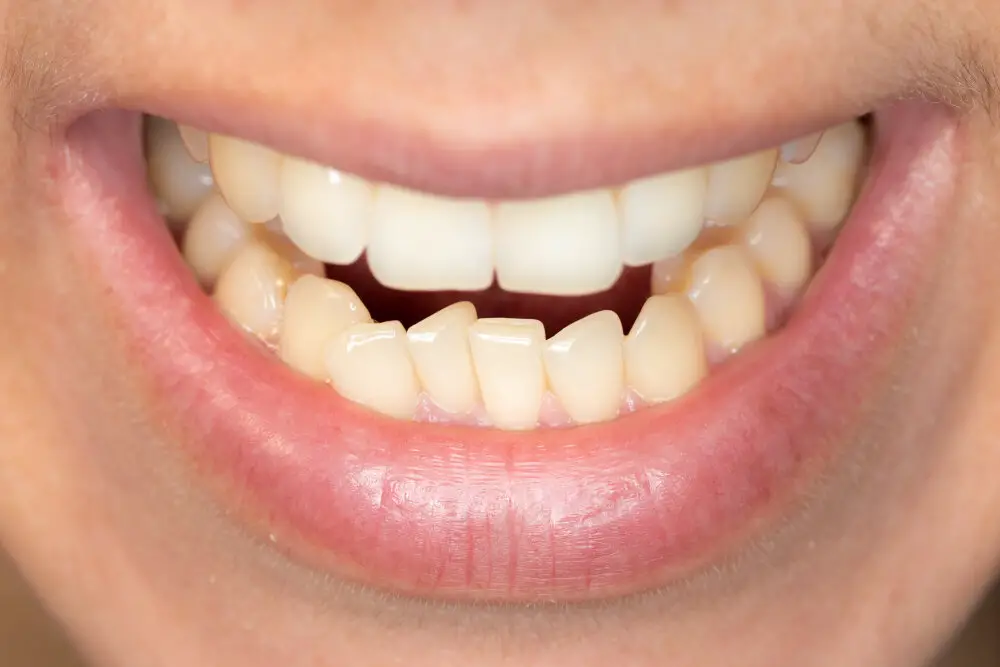
Permanent teeth eruption is a crucial aspect of children’s dental health. It marks the transition from baby teeth to adult teeth and is a natural process that occurs in stages. The first permanent molars usually erupt around the age of six, followed by the lower central incisors at age six or seven. Over the next few years, the rest of the permanent teeth will erupt into the mouth, with the exception of the wisdom teeth, which typically emerge in the late teenage years or early adulthood. The process of permanent teeth eruption can be uncomfortable for some children, as the new teeth push through the gums and into place. Parents can help alleviate their child’s discomfort by providing them with cold, soft foods to eat and encouraging them to practice good oral hygiene. It’s important to note that every child’s dental development is unique, and some may experience delays or differences in the timing of permanent teeth eruption. Regular visits to the dentist can help ensure that any potential issues are identified and addressed promptly, promoting optimal dental health for children.
Permanent teeth eruption refers to the natural process by which the adult teeth emerge from beneath the gums and replace the primary or baby teeth. This process typically begins around the age of six and continues through adolescence until all 32 permanent teeth have emerged. The timeline for permanent teeth eruption can vary between individuals, but it generally follows a predictable pattern. The eruption of permanent teeth is an important milestone in children’s dental health as it marks the transition from primary to permanent teeth and provides the foundation for a lifetime of healthy dental habits. It is essential that parents and caregivers monitor their child’s dental development and seek professional advice if they have any concerns about the timing or progress of permanent teeth eruption.
The timetable for permanent teeth eruption is a critical milestone in children’s dental health. Generally, the process begins around the age of six when the first molars appear in the back of the mouth. Between the ages of seven and eight, the front teeth start to fall out, making way for the permanent teeth to come in. By age 12 or 13, most children have all of their permanent teeth except for the wisdom teeth, which can appear as late as the early 20s. It’s important for parents to keep track of their child’s teeth development and schedule regular dental checkups to ensure that everything is progressing normally. Any abnormalities or delays in the eruption of permanent teeth should be addressed promptly to avoid potential complications.
Permanent teeth eruption is a critical stage in children’s dental health, and it is essential to monitor the process and take necessary action if any issues arise. The most common signs and symptoms of permanent teeth eruption are gum swelling, pain, and tenderness. It is not uncommon for children to experience discomfort when a new tooth is erupting, but parents should monitor their child’s symptoms and seek dental assistance if the pain persists. Additionally, the emergence of permanent teeth may cause a slight shift in the child’s bite, and parents should be aware of any noticeable changes. Overall, being proactive in monitoring permanent teeth eruption can help ensure proper dental health and prevent any potential issues from developing.
Permanent Teeth Loss
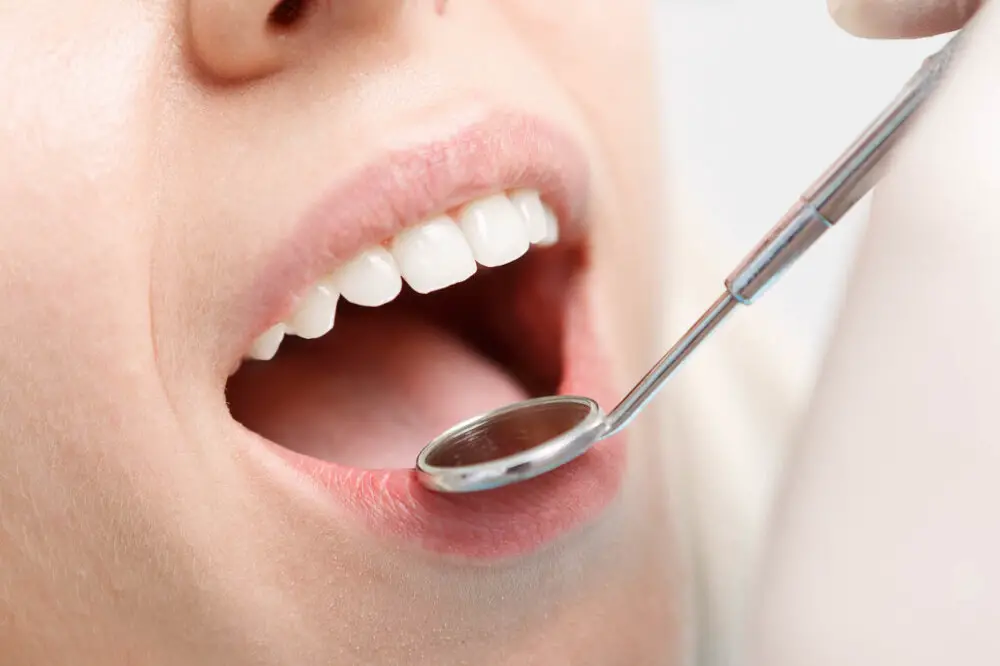
Permanent teeth loss is a common issue that affects people of all ages. It is a critical milestone in dental health that can be caused by various factors, including trauma, tooth decay, gum disease, and aging. When permanent teeth fall out, it can affect a person’s ability to bite, chew, and speak properly, as well as their overall oral health and self-esteem. It is important to address tooth loss promptly to prevent further damage to the remaining teeth and gums. The most common causes of permanent teeth loss are tooth decay and gum disease. Poor oral hygiene, unhealthy eating habits, and smoking can increase the risk of these conditions, leading to tooth loss. Trauma, such as a blow to the face or a sports injury, can also cause permanent teeth to fall out. As people age, the risk of tooth loss increases due to wear and tear on the teeth and gums. Fortunately, there are many options available to replace missing teeth, including dental implants, bridges, and dentures. It is important to seek dental care as soon as possible if you experience tooth loss to prevent further complications and maintain good oral health.
Permanent teeth loss refers to the natural process of losing teeth that are meant to last a lifetime. It can occur due to various reasons, such as genetics, poor dental hygiene, and age-related factors. The process usually begins with the loss of baby teeth, and the eruption of permanent teeth. However, as we age, the teeth become more susceptible to damage and decay, which can lead to their loss. This can cause a range of problems, including difficulty chewing, speaking, and even affect the appearance of the face. It is therefore essential to maintain good dental hygiene and seek prompt treatment for any dental issues to prevent permanent teeth loss and ensure optimal dental health.
The timetable for permanent teeth loss is an essential aspect of children’s dental health. The first permanent teeth usually emerge between the ages of 6 and 7, starting with the lower front teeth, followed by the upper front teeth. By the age of 12, most children would have all their permanent teeth, except for the wisdom teeth, which emerge between the ages of 17 and 21. During this phase, children’s dental health is critical, and parents should ensure that their children practice good oral hygiene habits, including regular brushing and flossing and visiting the dentist regularly. Failure to do so could lead to dental problems that could affect their overall health in the long run.
Permanent teeth loss can be a significant concern for individuals of all ages, and it’s essential to recognize the common signs and symptoms associated with this issue. One of the most obvious indications of tooth loss is a visible gap or space in the mouth where a tooth once was. Other signs may include pain or sensitivity in the affected area, difficulty chewing or speaking, and changes in the appearance of the surrounding teeth and gums. In some cases, tooth loss may also be accompanied by swelling or inflammation, infection, or other oral health issues that require prompt attention from a dental professional. Understanding these warning signs can help individuals take the necessary steps to prevent further tooth loss and maintain optimal oral health throughout their lives.
The article \At What Age Do Teeth Start Falling Out? The Critical Milestones of Children’s Dental Health\ discusses the various stages of dental development in children. The article highlights the importance of good dental hygiene practices, such as brushing, flossing, and regular dental check-ups. The article also addresses specific milestones in dental development, including the eruption of baby teeth, the loss of baby teeth, and the emergence of permanent teeth. Additionally, the article touches on common dental issues in children, such as cavities, and provides tips for parents to promote healthy dental habits in their children. Overall, the article emphasizes the significance of proper dental care throughout a child’s development in order to ensure strong and healthy teeth in adulthood.
Regular dental checkups and proper dental hygiene are crucial for children’s dental health. Early dental care sets the foundation for a lifetime of healthy teeth and gums. Children who receive regular dental checkups have fewer cavities, healthier gums, and a reduced risk of developing dental problems like gingivitis and tooth decay. Proper dental hygiene, including brushing and flossing, helps prevent plaque buildup, which is the leading cause of tooth decay. Parents should encourage their children to brush twice a day, for at least two minutes each time, and floss daily. Instilling good dental habits in childhood will help ensure that children have healthy teeth and gums throughout their lives.
Conclusion
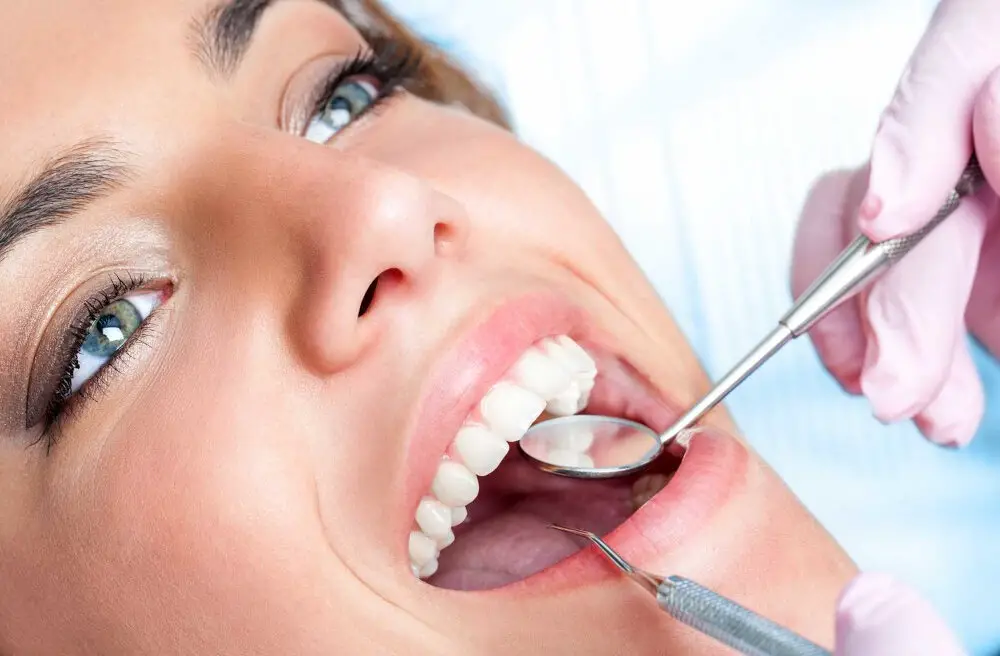
In conclusion, understanding the critical milestones of children’s dental health is crucial for parents and caregivers. The age at which teeth start falling out can vary, but generally, it begins around age six or seven. It is essential to establish good oral hygiene habits early on to ensure that children’s teeth develop correctly and stay healthy throughout their lives. Regular dental check-ups and cleanings can also help identify and address any issues before they become more significant problems. By staying proactive with children’s dental health, parents can set them up for a lifetime of healthy teeth and gums.
